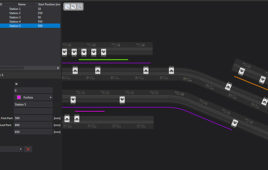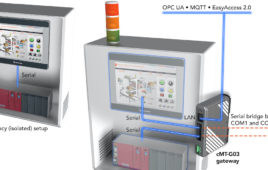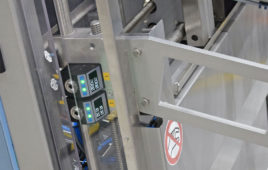 Fewer batteries and maybe no batteries at all
Fewer batteries and maybe no batteries at all
One of the biggest challenges that consumers and service providers will have in the future is maintaining a wide range of sensor and control devices located throughout the Smart home. For ease of use and installation, it makes much more sense to have these powered by either batteries or by energy harvesting technologies.
Unfortunately, energy harvesting is still in its early phases and solutions are too expensive for wide deployment. Batteries are widely available and inexpensive but often require changing or recharging.
In addition, batteries are not green. Filled with hazardous chemicals and heavy metals, the manufacturing, distribution and eventual disposal of these batteries creates a dangerous threat to our environment. In addition, the actual mining process to obtain the raw ingredients, as well as the industrial manufacturing processes, requires a lot of energy, water, and chemicals, thereby subjecting our planet to a heavy carbon footprint.
However, there are ways to greatly reduce the requirement of using batteries while preserving batteries’ ease of use and ease of installation. If batteries themselves are not green, at least their use can be.
In addition, for some applications, no batteries will be needed at all. For example, light switches for lamps. Currently on the market, the motion needed to flip a switch from on to off can generate enough power to transmit an on/off signal across a room to a lamp or to a home control box – set-top box, that in turn can relay that signal to one or more lamps throughout the house. Taken to the next step, a simple “I am Home” switch by the front door can be used to activate an entire series of devices and appliances – from turning on the lights, activating the home cooling or heating, turning on the entertainment system and or even starting the home cocktail creation device. This system could help preserve energy usage by making sure the home systems are off until needed.
Of course, as this “I am Home” network and set top box is connected to the web, the switch could be in the car or even automatically energized when the car’s phone or GPS system indicates the home owner is about to pull into the driveway.
The solution is developing a wireless network with such a low energy requirement that batteries never need changing or only require changing every decade or so. ZigBee – a low power wireless communication technology, based on IEEE 802.15.4 and very similar to WiFi provides this option. In many ways, ZigBee can be considered as low power WiFi.
How to design an ultra-low power wireless network? The magic is in the chip design. 
It is possible to reduce overall power consumption by 65% or more by using a communication controller centric chip design instead of a microcontroller centric design (MCU), along with synchronized wake-ups.
Most low power processor centric radio designs require a microcontroller to handle all the intelligence for the transceiver which requires the microcontroller to be awake the entire time, which in turn, demands additional power. By using a more energy efficient communication controller approach, the transceiver can transmit and receive the data independently from the microprocessor. Thus the microprocessor is only awakened and used when it is needed to further process the data.
Synchronizing the wake ups means that the communications controller decides when to wake up and check for messages. The device can be off most of the entire time – thereby greatly reducing overall energy consumption. This is especially effective for the home’s various environmental, security and location sensors. Because of the scheduler and synchronizer inside the communication controller, the system only wakes up for a brief moment to check to see if there are any messages and then goes back to sleep.
By using a hardware based scheduler and synchronizer within the chip itself, the radio only wakes up as needed to see if there is any data that needs to be sent. If not, it returns to sleep. If there is data to be sent, the controller then wakes up the microcontroller. The chip then communicates the information and then goes back to sleep until the next time it is scheduled to wake. 9999 times out of 10,000 – there is no message to be sent and the controller does not need to energize the microprocessor. Every time that data is sent, the chips also transmit a synchronization message to ensure that they all wake up together on the next duty cycle.
Because of these power savings, instead of having to change batteries every six months or a year, it is now possible to have green devices that will run for a decade or more or a single coin cell type battery.
Currently, the world’s cable companies and service providers are rolling out millions of ZigBee enabled set top boxes and gateways every week.
For decades, people have been talking about the new “connected” home but until now there have not been effective drivers – except for those early innovators who demand new and cool. However, with for cable companies and service providers now marketing a diverse spectrum of Smart Home services, as well as the power and ecological advantages of ultra low power wireless, that day is here. These products are in the process of being rolled out and within a short time should become commonplace.
Filed Under: M2M (machine to machine), Energy management + harvesting




